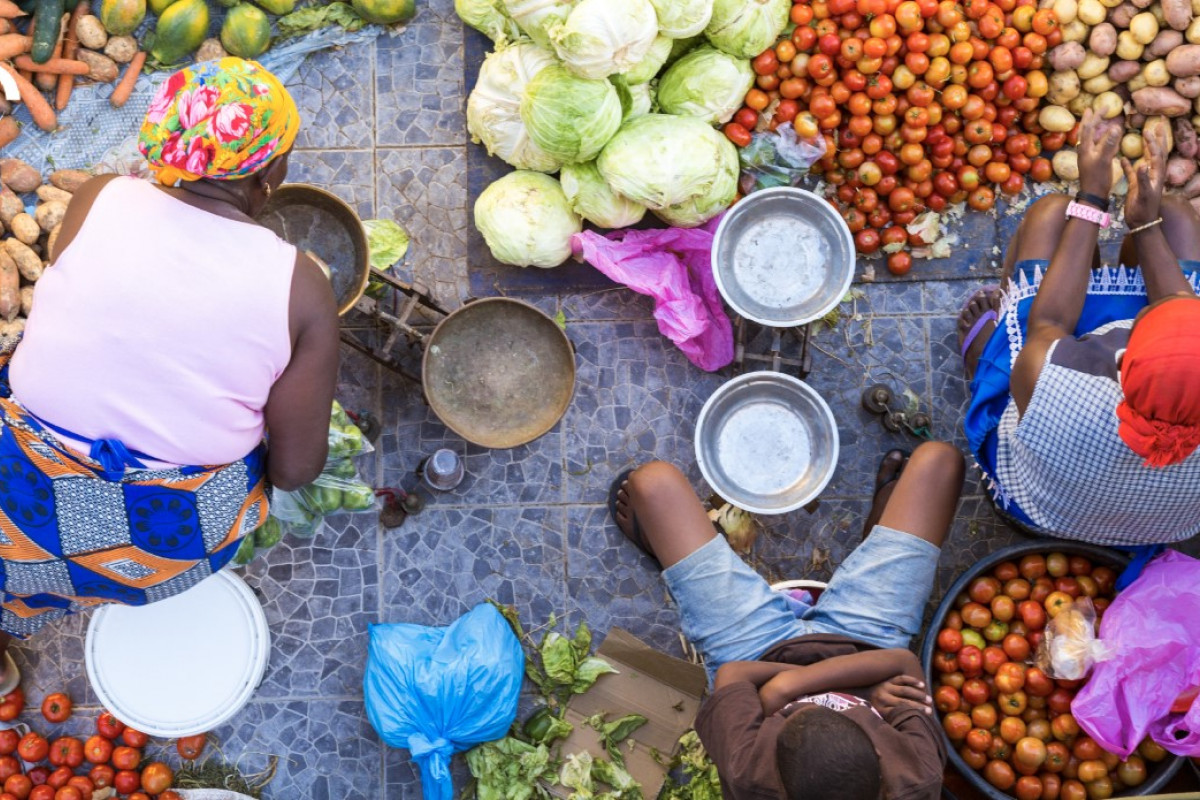Zimbabwe is currently grappling with a severe food insecurity crisis. Factors such as climate change, currency depreciation, and economic degradation have contributed to this dire situation.
The World Food Programme’s country representative in Zimbabwe, Francesca Erdelmann made a startling announcement recently, that food insecurity in the country was on a par with several war-stricken nations. She equated the situation in the country to that prevailing in nations such as Ukraine, Gaza, Afghanistan, Yemen and Syria among others, countries that are in midst of devastating conflicts that have displaced millions and plunged more into hunger and starvation. According to Erdelmann, the WFP anticipates that over a quarter of Zimbabwe’s population, about 2, 7 million people, will run out of grain in the first quarter of this year.
The performance of the 2023/24 rainfall season has been below normal in most parts of the country characterised by the late start of season, prolonged mid-season dry spells experienced in January and February as well as poor spatial distribution. The persistent dry conditions in parts of the Zimbabwe’s southern region has resulted in an increase in food insecurity as well as challenges in accessing water for both human and livestock consumption. According to the WFP, in some parts of the country, most notably in Matabeleland South, thousands of cattle have already died due to water shortages and thousands more are at risk.
The country’s predominantly semi-arid climate experiences shifting rainfall patterns, droughts, and floods, which exacerbate the challenges faced by its population. Land degradation, deforestation, and inadequate water quantity and quality further compound the issue. In rural areas, during the 2022/23 lean season, over 3.8 million people faced food insecurity at its peak. Additionally, in urban areas, approximately 1.5 million people (29% of the urban population) are projected to be cereal-insecure in 2024.
The Zimbabwe dollar is eschewed by most citizens and has shed almost half of its value against the greenback since the start of the year, making it the world’s worst-performing currency after the Lebanese pound. The official RBZ rate as at 1 January 2024 was pegged at ZWL$ 6,193 per USD$1, whilst it was trading at ZWL$ 11,000 per USD$1. The official RBZ rate as at 1 March 2024 was ZWL$ 15,098 per USD$1 whilst the parallel market was trading at ZWL$ 19,000 per USD$1. Local dollar weakened by 144% on the official market and declined more than 72% from 1 January 2024 to 1 March 2024, which saw an increase in ZWL prices of basic commodities. The unresolved exchange rate disparities continue to exert pressure on prices of food items, especially food items that are pegged in the US dollar.
According to Zimstat fifty-six percent of households experienced an increase in price of major food items consumed, while 11,6 percent experienced an increase in price of farming and business inputs. Of note, the ability by urban population to buy maize-meal, a staple food decreased from 73 percent in previous survey to 68 percent in the Zimstat's latest survey. This suggests that nearly one third of urban households surveyed are struggling to afford maize-meal, potentially impacting their food security and well-being.
PMRC predicts 2024 to be a challenging year for Zimbabwe as domestic food price inflation remains high and the projected GDP is likely to weaken. Research firms are estimating the real gross domestic product (GDP) growth of 3,1 % as opposed to the government’s forecast of 3,5%.

